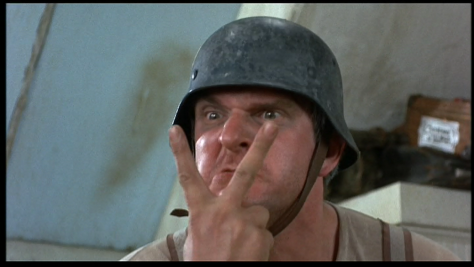By Dennis Hartley

“To Ellis Island!”
Oh dearie, dearie me. So as if it wasn’t appalling enough that over half of ‘Murca’s state governors (Republicans all, save one) have banded together to stand their ground against the invading Syrian hordes, esteemed Republican presidential hopeful Cardinal Richelieu Ted Cruz has suggested that we take in Christian Syrian refugees only. Because, you know, there’s no such thing as a Christian terrorist.
Except for maybe, this guy:
On Friday, July 22, 2011, at around 3:30 p.m. local time, a 2,000-pound homemade fertilizer bomb planted in a car exploded and ripped through the central area of Norway’s capital, Oslo, blowing out windows in government offices, killing 8 people, and wounding dozens more.
As police and rescue crews rushed to the scene, 33-year-old Anders Behring Breivik had already begun to make his way to a small island called Utoya, which is about 25 miles northwest of Oslo and was at the time hosting a camp for youth members of a Norwegian political party. […]
At approximately 6:34 p.m., he surrendered without a fight to police. He had killed 67 people and wounded 33 more by then. Two more people eventually died in the hospital. He later said in court he had hoped to kill all 600 on the island.
Remember him? Interestingly, he and Sen. Cruz share some views:
In Internet postings attributed to Breivik, he blamed Europe’s left-wing parties for destroying the continent’s Christian heritage by allowing mass immigration of Muslims.
Yeah, but that was Europe, you may be thinking. There’s no history of God-fearin’ members of America’s religious right engaging in acts of terror, right?! OK, a few. Alright…maybe enough for a top dozen list.
But aside from the 2009 Holocaust Memorial Museum shooting, and the 2010 Texas IRS attack, the assassinations of abortion clinic doctors Barnett Slepian (1998) and George Tiller (2009), the 2014 Jewish Community Center murders, the 2012 Sikh Temple shooting, the 1997 Olympic bombing, and the 1995 Oklahoma City bombing, etc., what have you got? Surely those are anomalies; merely hiccups.
Besides, what good could ever come from taking in a Syrian refugee?

A real son of a (you-know-what)
Oh, Lord (in the event that you actually do exist)…give me patience.







